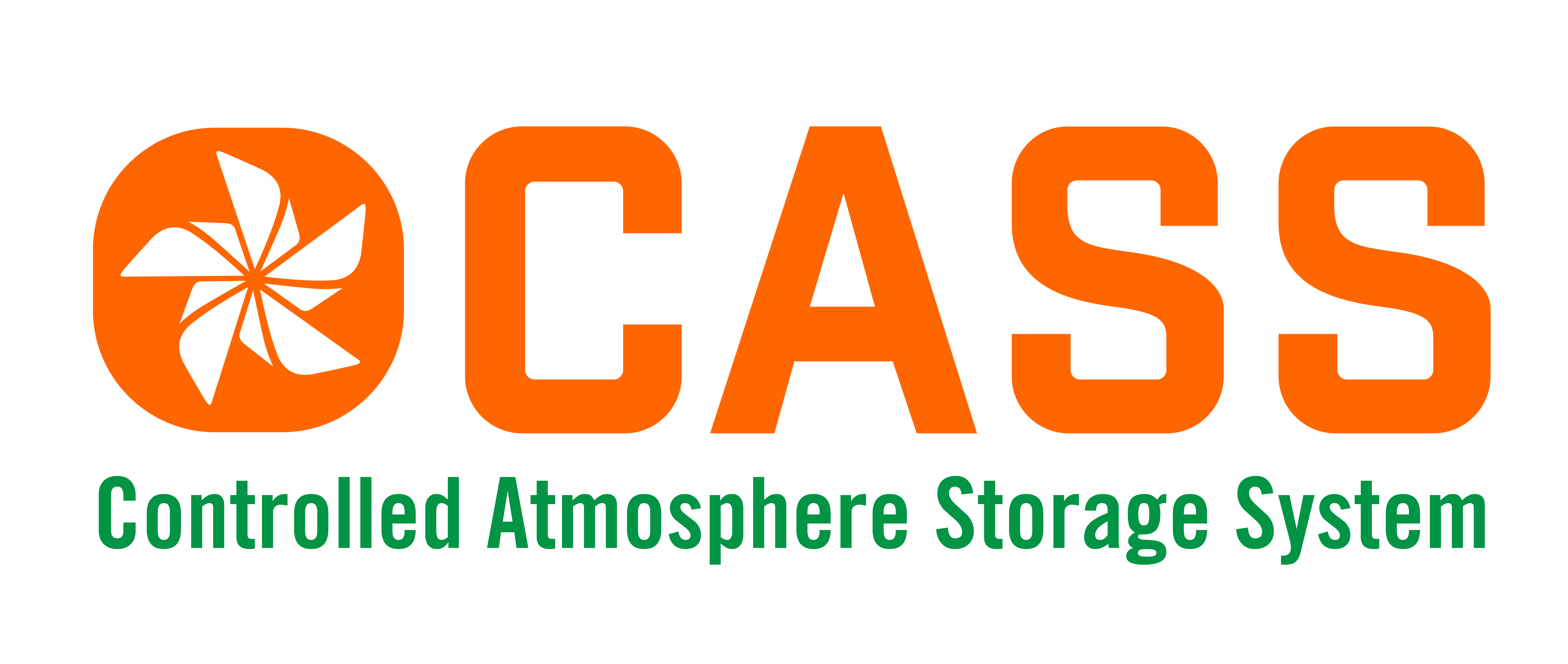Current Output Model for Post-Harvest Agricultural Products
The supply and demand status of agricultural products in our country is characterized by the following:
- Due to the short shelf life and challenging preservation of agricultural products, coupled with concentrated harvesting periods, there is a significant supply-demand imbalance, resulting in periods of both surplus and shortage.
- Fragmented land ownership has led to the current small-scale production. The products generated lack uniform quality. The output is uncertain due to difficulties in matching buyers and sellers, incurring high costs to gather goods, and making it difficult to predict order quantities and quality.
- Traders involved in the supply chain are diverse. While flexible, transactions between farmers and traders, as well as between traders themselves, are complex and lack transparency. Some traders invest in cold storage; however, these facilities often have low technology, leading to poor preservation conditions, high losses, and increased mechanical damage due to multiple handling stages, contributing to further losses.

- The distribution stage involves many intermediaries, making it hard to trace products. There is a lack of specialized storage systems for agricultural products. Poor coordination in transportation and packaging processes increases costs and losses.
- The logistics of goods is very complex, making it difficult to collect accurate statistical data. As a result, management agencies (such as industry and trade departments, agricultural extension services, research institutes, and universities) struggle to provide appropriate technical support, market connectivity, and to conduct research to improve preservation, packaging, processing, and market statistics.
Improved Output Model for Post-Harvest Agricultural Products
This solution proposes the establishment of large-scale, modern, and professional preservation centers with multiple functional areas to meet diverse market needs (such as classification, processing, packaging, quality inspection, and preservation). These centers will concentrate regional agricultural products post-harvest, minimizing the fragmented nature of current post-harvest processing stages.
These centers will handle post-harvest processing in a unified manner and act as hubs where supply and demand meet, as agricultural products will be prepared and classified according to uniform technical processes that transparently meet market standards and requirements. Consequently, these centers will enhance the commercial value of agricultural products (making them easier to buy and sell).
As hubs for agricultural products, these centers will provide abundant information about both the sources and customers, enabling:
- Feedback on product quality and market requirements to help producers adjust their products and production processes in a timely manner to meet market demands. This will motivate producers to adhere to quality production processes.
- Information provision on the quantity, types, and quality of products to help traders and businesses plan their operations effectively.
- Reliable information supply to agencies (such as agricultural extension services, banks, research institutes, and universities) for market statistics, technical support policies, and market connectivity.
- A conducive environment for experimental research to improve preservation, packaging, processing technologies, and market statistics.
To achieve this, the agricultural product preservation center must be equipped with modern technical facilities that meet the following requirements and features:
- Provide post-harvest processing services, preliminary processing, classification, quality inspection, and final product packaging.
- Maintain good preservation over long periods, prevent cross-contamination between batches, and ensure traceability of product origins.
- Have large storage capacity to address supply-demand imbalances.
- Accommodate diverse products to attract customers.
- Manage inventory reliably, allowing accurate retrieval of any order (serving as an agricultural product trading hub).
- Efficiently receive and deliver goods to distributors (acting as a local distribution center).
• Hotline/Zalo: 0931790829 – 0931780829
• Email: cass@cass.vn
• Website: cass.vn
• Fanpage: CASS – Kho bảo quản nông sản tươi bằng công nghệ CA
• Địa chỉ kho CASS: Lô F5, Đường số 6, KCN Hoà Bình, Huyện Thủ Thừa, Tỉnh Long An.




